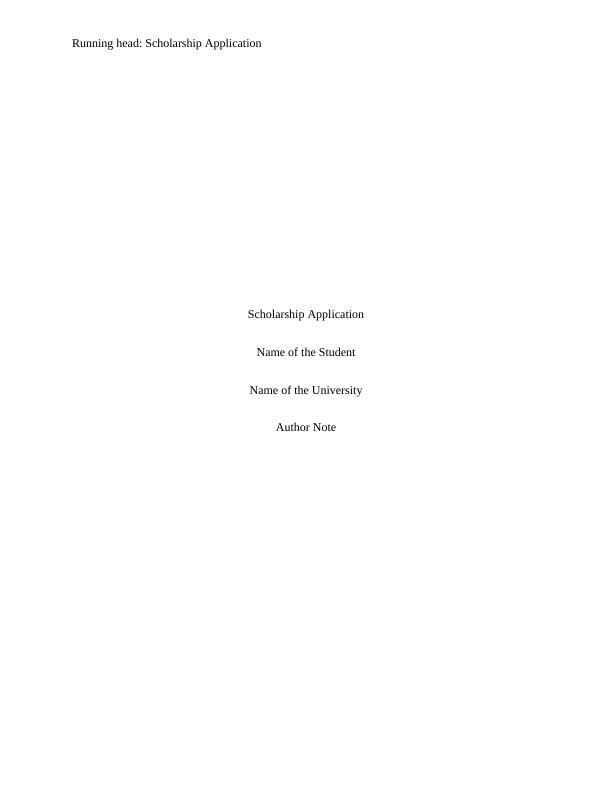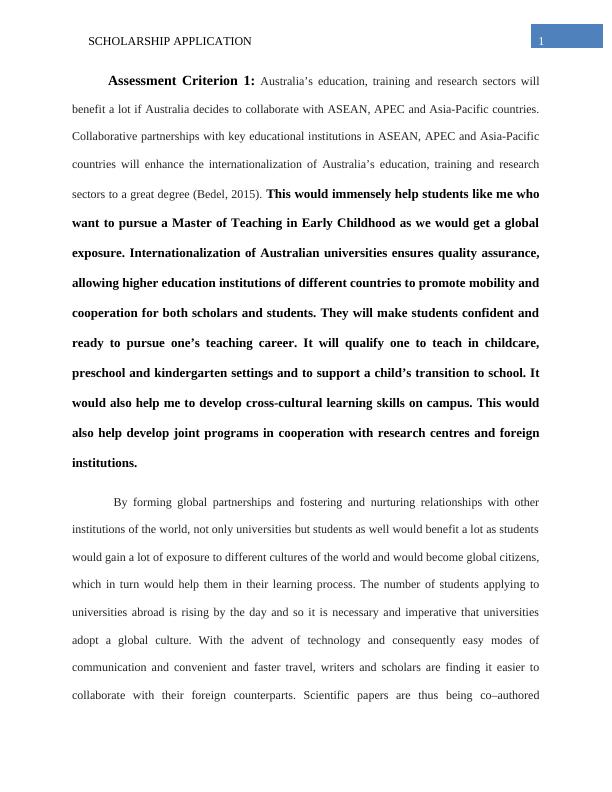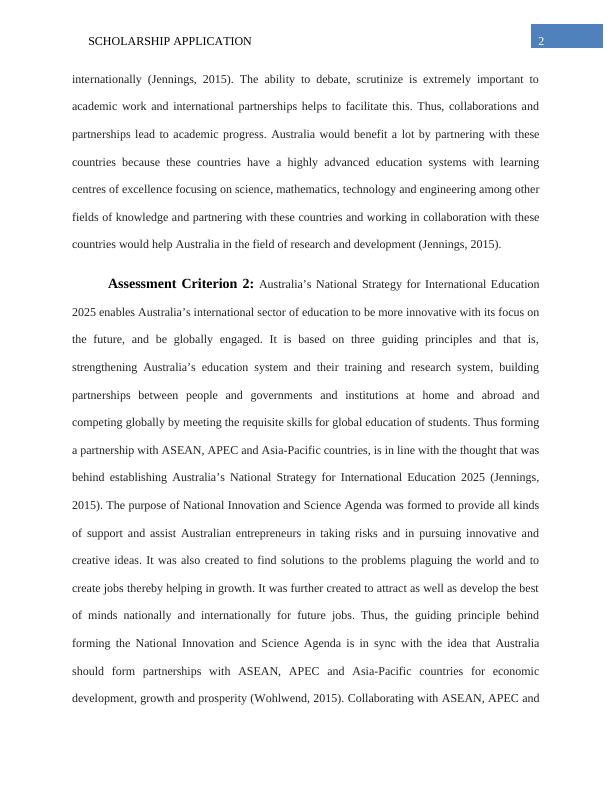Collaboration with ASEAN, APEC and Asia-Pacific Countries for Australia's Education and Research Sectors
Guidelines for the Endeavour Leadership Program (ELP) including eligibility criteria, funding details, and application process.
7 Pages1539 Words489 Views
Added on 2023-06-04
About This Document
This article discusses the benefits of forming global partnerships and fostering relationships with key educational institutions in ASEAN, APEC and Asia-Pacific countries. Collaborative partnerships will enhance the internationalization of Australia’s education, training and research sectors to a great degree. The article also highlights the benefits of Australia’s National Strategy for International Education 2025 and how it aligns with forming partnerships with these countries. The article also discusses how pursuing a Master of Teaching in Early Childhood will assist in professional development and leadership skills.
Collaboration with ASEAN, APEC and Asia-Pacific Countries for Australia's Education and Research Sectors
Guidelines for the Endeavour Leadership Program (ELP) including eligibility criteria, funding details, and application process.
Added on 2023-06-04
ShareRelated Documents
End of preview
Want to access all the pages? Upload your documents or become a member.
Management : School-university Partnership Agreements
|5
|713
|18
Studying in British Columbia: A Life-Changing Experience for International Students
|6
|2024
|241
Business Model Analysis
|16
|3218
|490



